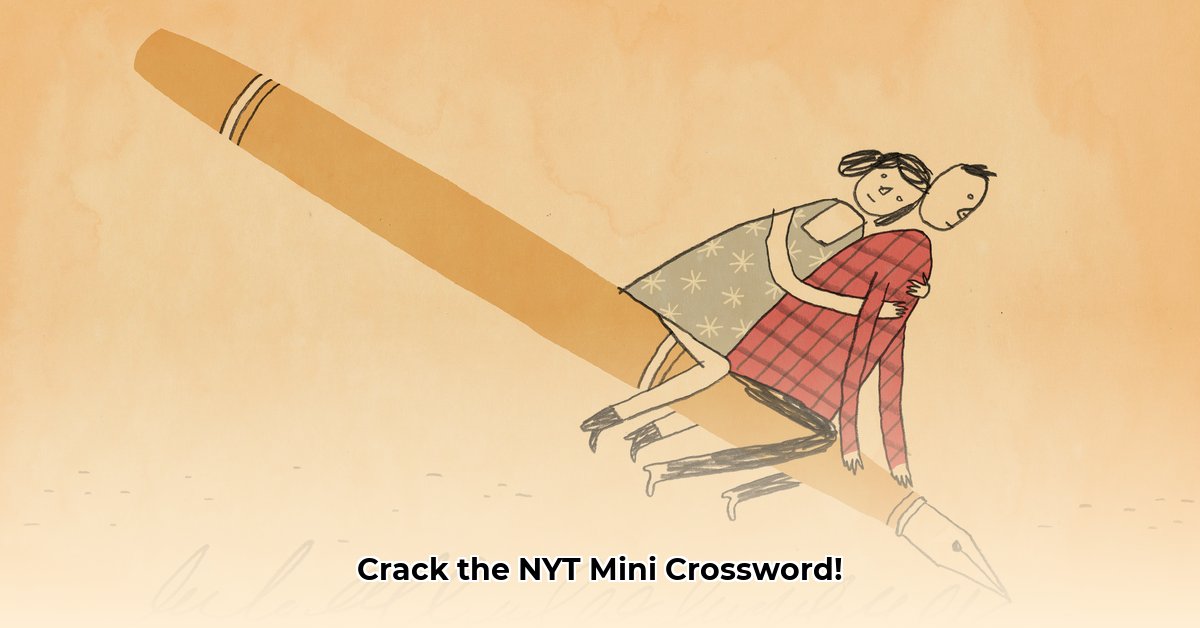
Unlocking Ambiguous Crossword Clues: A Step-by-Step Guide
Ever stare at a New York Times crossword clue, feeling utterly stumped? The seemingly simple phrase "short-term engagement" can be one such head-scratcher. This isn't just about finding an answer; it’s about mastering a crucial crossword-solving skill: deciphering ambiguous clues. This guide provides a practical, step-by-step approach to tackling these tricky puzzles. We'll transform your frustration into confident problem-solving.
Understanding the Ambiguity: Multiple Meanings
Let's face it: "short-term engagement" is ripe with possibilities. Does it refer to a brief romantic relationship? A temporary job assignment? A short-lived marketing campaign? The beauty—and the challenge—lies in this very ambiguity. Before you even reach for online tools, take a moment to brainstorm potential meanings, writing them down to clarify your thinking. This initial mental exercise is surprisingly powerful. It’s not simply about finding any answer, but the precise answer that fits seamlessly within the larger puzzle context.
Leveraging Online Resources: Your Crossword Toolkit
Next, let's harness the power of online resources. These are not "cheats"; they're invaluable tools. Websites like OneAcross (https://www.oneacross.com/) specialize in crossword clue solving. Input the clue ("short-term engagement") and the number of letters required. You'll likely receive several potential answers, each potentially fitting the clue’s multiple interpretations. Don't just pick the first suggestion; consider each possibility. This process helps narrow down the possibilities significantly, and makes the solving process more organized.
Deductive Reasoning: The Power of Intersections
This is where your detective skills come into play. Examine intersecting words within the crossword grid. The letters already filled in offer valuable clues. Do any letters from intersecting words work with your potential answers from the online resources? If an answer doesn't align with the filled-in letters, you can eliminate it. This process of cross-referencing is crucial for eliminating incorrect answers and focusing on viable options. This iterative process of testing and eliminating will lead you to the right solution.
Solution Verification: Confirming Your Answer
You've found a potential answer – but hold your celebrations! Thoroughly verify your choice. Does it fit logically in the puzzle's overall structure? Does it fit perfectly into the crossword grid, compatible with the intersecting words? This verification is essential to confirm the precision of your solution. A quick check ensures you avoid submitting an incorrect answer by mistake.
Expanding Your Skills: Mastering Ambiguity
Remember, "short-term engagement" is just one example. The techniques used here apply to numerous ambiguous clues. The more you practice, the better you’ll become at identifying clue patterns, deciphering wordplay, and honing your deductive reasoning skills. This approach transforms crossword solving from a frustrating chore to an engaging mental workout.
Key Takeaways: Three Pivotal Points for Solving Ambiguous Clues
- Embrace the ambiguity: Recognize and brainstorm multiple potential meanings for the clue.
- Utilize online resources strategically: Use online solvers to narrow down your options, not to directly reveal answers.
- Master deductive reasoning: Utilize cross-referencing with filled-in letters to eliminate incorrect answers.
"Solving ambiguous crossword clues isn't about finding an answer, but finding the answer that fits perfectly within the puzzle’s overall structure," says Will Shortz, crossword editor of The New York Times. This refined approach to solving puzzles highlights the importance of a critical and comprehensive approach.